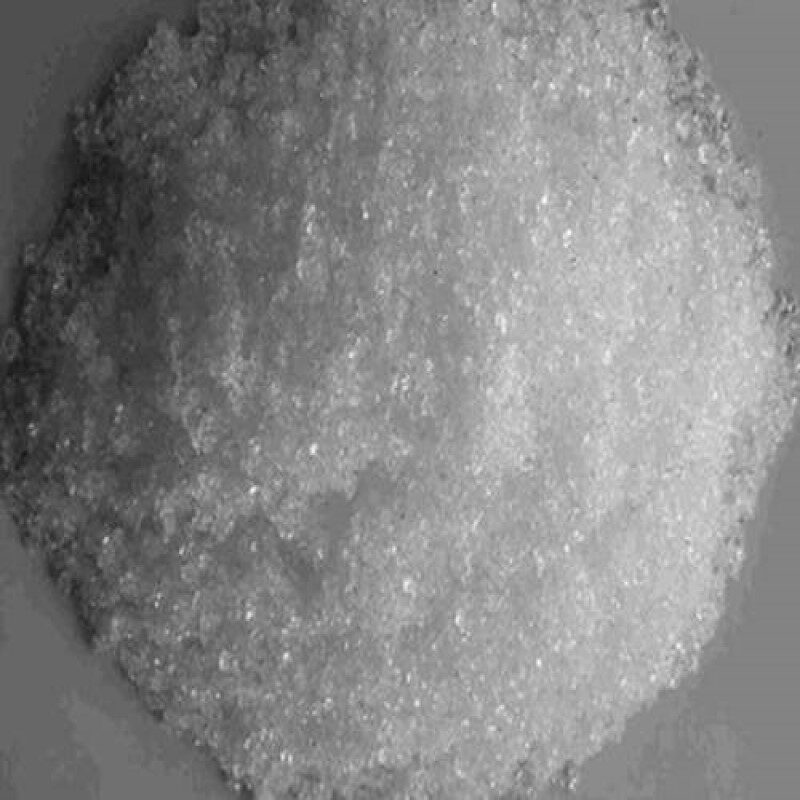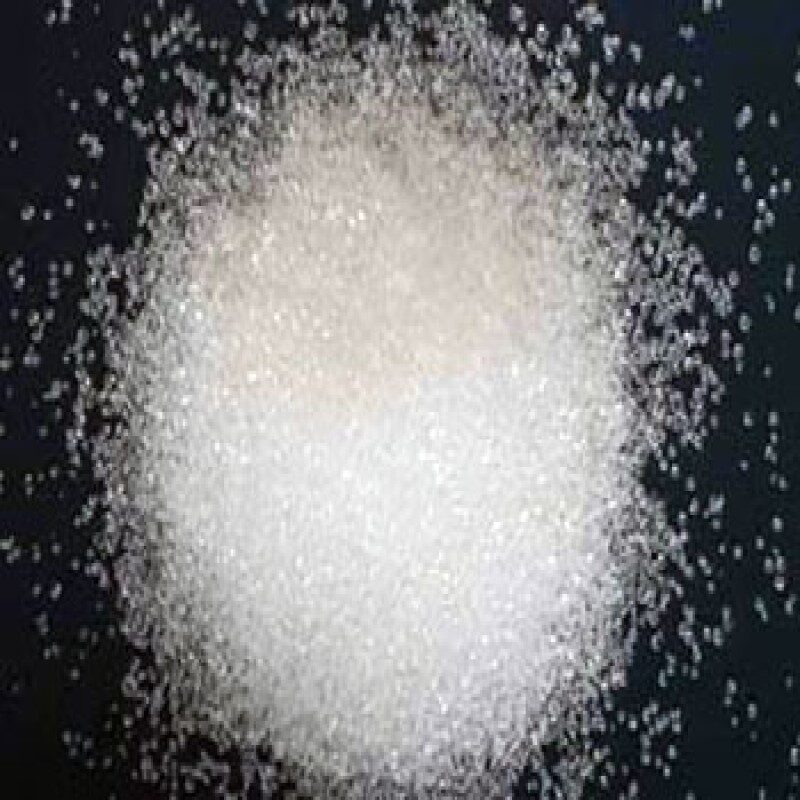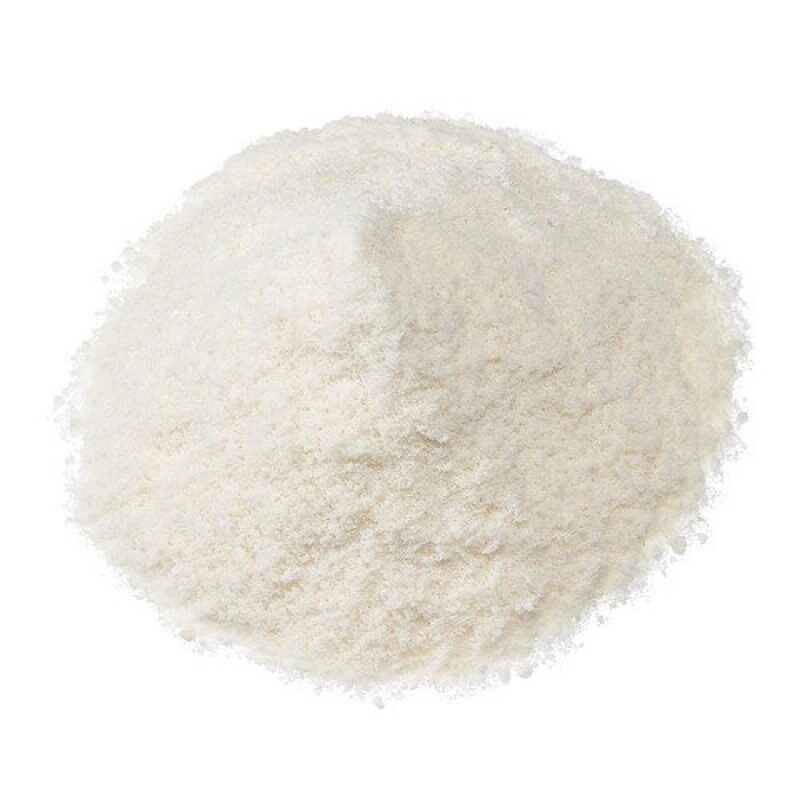Description
Remarks: The material complies as per above specification.
Uses: Approved by the FDA as a direct food substance, potassium bitartrate is used as an additive, stabilizer, pH control agent, antimicrobial agent, processing aid, or thickener in various food products.
Packing: 25 kg HDPE Bags/HDPE Drum.
For AMIZARA SPECILITY CHEMICALS LLP
MSDS
Potassium Bromide MSDS Sheet, Material Safety Data Sheet
Section 1:Product Identification
| Product Name & Other Names |
Potassium Bromide or Bromide salt of potassium. |
| CAS No |
7758-02-3 |
| EINECS EC Number |
231-830-3 |
| Molecular Weight |
119.00 |
| Chemical Formula |
KBr |
| Recommended usage |
Industrial Manufacturing |
| Suppliers |
As per the letterhead. |
SECTION 2 : Hazards Identification
GHS, Globally Harmonized System Classification in accordance with 29 CFR 1910
Hazard Class and Category Code(s), Regulation |
(EC) No 1272/2008 (CLP) |
| Serious eye damage/eye irritation |
Category 2A |
Labeling Regulation GHS & EC 1272/2008 (CLP) & GHS
Hazards statements
| H319 |
Causes serious eye irritation. |
Precautionary statements
| P264 |
Wash … thoroughly after handling. |
| P280 |
Wear protective gloves/protective clothing/eye protection/face protection. |
| P305 + P351 + P338 – IF IN EYES |
Rinse cautiously with water for several minutes.
Remove contact lenses, if present and easy to do. Continue rinsing. |
| P337+313 |
If eye irritation persists get medical advice/attention. |
Classification according to EU Directives 67/548/EEC or 1999/45/EC
Hazard Symbol
Risk Phrase
Section 3: COMPOSITION/INFORMATION ON INGREDIENTS
| Product Name & Other Names |
Potassium Bromide or Bromide salt of potassium. |
| CAS No |
7758-02-3 |
| EINECS EC Number |
231-830-3 |
SECTION 4: First Aid Measures
| Inhalation |
Remove to fresh air. If not breathing, give artificial respiration.
If breathing is difficult, give oxygen. Call a physician. |
| Ingestion |
Induce vomiting immediately as directed by medical personnel.
Never give anything by mouth to an unconscious person. Call a physician. |
| Skin Contact |
In case of contact, immediately flush skin with plenty of water for at least 15 minutes.
Remove contaminated clothing and shoes. Wash clothing before reuse. Call a physician. |
| Eye Contact |
Wash eyes with plenty of water for at least 15 minutes. Call a physician. |
SECTION 5 :FIRE FIGHTING Measures
| Fire |
It is not considered to be a fire hazard. |
| Explosion |
It is not considered to be an explosion hazard.. |
| Fire Extinguishing Media |
Use any means suitable for extinguishing surrounding fire. |
| Special Information |
In the event of a fire, wear full protective clothing and NIOSH- approved self-contained breathing apparatus
with full face piece operated in the pressure demand or other positive pressure mode. |
SECTION 6:Accidental Release Measures
| Personal precautions, protective equipment and emergency procedures |
Avoid breathing dust/fumes/gas/mist/vapors/spray. Use individual protective equipment (waterproof boots, suitable protective clothing, safety glasses, etc.).
Restrict unprotected personnel from the area. Prevent any contact with hot surfaces. Do not approach facing the wind. Do not touch the spilled material. |
| Environmental precautions |
Do not let the product enter drains, soil, or water sources. |
| Methods and materials used for containment Cleanup procedures and Storage |
Contain spilled material. Do not let the product enter drains. Use a shovel to put the material into a convenient waste disposal container.
Finish cleaning by spreading water on the contaminated surface and allow evacuating as per law. |
SECTION 7:Handling and Storage
| Precautions for safe handling |
Apply according to good manufacturing and industrial hygiene practices. Ensure proper ventilation.
In case of insufficient ventilation, wear suitable respiratory equipment. Wash thoroughly after handling. Do not drink, eat, or smoke while handling. Avoid contact with skin, eyes, and clothing.
Minimize dust
generation. Avoid breathing dust/fumes/gas/mist/vapors/spray. Avoid contact with eyes, skin, and clothing. Keep container tightly closed.
Avoid ingestion and inhalation. Use individual protective equipment (waterproof boots, suitable protective clothing, safety glasses, etc.). Prevent any contact with hot surfaces. |
| Conditions for safe storage, including any incompatibilities |
Store in cool, dry, and ventilated area away from heat sources and protected from sunlight in tightly closed original container.
Keep air contact to a minimum. Store protected from heat, sparks and ignition sources and incompatible materials.
Avoid contact with skin and eyes.
Avoid inhalation of dust/mist/vapor. Do not store with incompatible materials like strong oxidizing agents and acids. |
SECTION 8:Exposure Controls/Personal Protection
| Airborne Exposure Limits |
None established. |
| Ventilation System |
A system of local and/or general exhaust is recommended to keep employee exposures as low as possible.
Local exhaust ventilation is generally preferred because it can control the emissions of the contaminant at its source, preventing dispersion of it into the general work area.
Please refer to the ACGIH document, Industrial Ventilation, A Manual of Recommended Practices, most recent edition, for details. |
| Personal Respirators (NIOSH Approved) |
For conditions of use where exposure to dust or mist is apparent and engineering controls are not feasible, a particulate respirator (NIOSH type N95 or better filters) may be worn.
If oil particles (e.g. lubricants, cutting fluids, glycerin, etc.) are present, use a NIOSH type R or P filter.
For emergencies or instances where the exposure levels are not known, use a full-face positive-pressure, air-supplied respirator. |
| WARNING |
Air-purifying respirators do not protect workers in oxygen deficient atmospheres. |
| Skin Protection |
Wear protective gloves and clean body-covering clothing. |
| Eye Protection |
Use chemical safety goggles. Maintain eye wash fountain and quick-drench facilities in work area. |
SECTION 9:Physical and Chemical Properties
| Appearance |
White crystals. |
| Odor |
It is odorless. |
| Odor threshold |
Not available. |
| pH |
Aqueous solution is neutral. |
| Relative density |
around 2.75 |
| Boiling Point |
1435C (2615F). |
| Melting Point |
730C (1346F). |
| Flash point |
Not available. |
| Auto-ignition temperature |
Not available. |
| Decomposition temperature: |
Not available |
| Upper/lower flammability or explosive limits |
Not available. |
| Vapor pressure |
Not available. |
| Vapor density: |
Not available. |
| Evaporation rate |
Not available. |
| Flammability (solid, gas) |
Not available. |
| Partition coefficient:n-octanol/water |
Not available. |
| Solubility |
70g/100g water @ 25C (77F). |
| Viscosity |
Not available. |
SECTION 10. Stability and Reactivity
| Stability |
Stable under ordinary conditions of use and storage. |
| Hazardous Decomposition Products |
Oxides of the contained metal and halogen,
possibly also free, or ionic halogen. |
| Hazardous Polymerization |
Will not occur. |
| Incompatibilities |
Strong oxidizers, acids, and bromine trifluoride. |
| Conditions to Avoid |
Incompatibles |
SECTION 11:Toxicological Information
| LD50 Oral – Rat |
male and female – > 2.000 mg/kg |
| Carcinogenicity |
No component of this product present at levels greater than or equal to 0.1% is identified as possible or confirmed human carcinogen by IARC, ACGIH, OSHA and NTP. |
| Teratogenic Effects |
Not available. |
| Mutagenic Effects |
Investigated as a mutagen. |
| Developmental Toxicity |
Not available. |
| Reproductive Effects |
No information available. |
SECTION 12. Ecological Information
| Toxicity to fish |
Pimephales promelas (fathead minnow) – > 30 mg/l – 96 h |
| Toxicity to daphnia and other aquatic invertebrates |
Immobilization EC50 – Daphnia magna (Water flea) – > 100 mg/l – 48 h |
| Results of PBT and vPvB assessment: |
This substance/mixture contains no components considered to be either persistent, bioaccumulative and toxic (PBT), or very persistent and very bioaccumulative (vPvB) at levels of 0.1% or higher. |
SECTION 13. Disposal Considerations
Whatever cannot be saved for recovery or recycling should be managed in an appropriate and approved waste disposal facility. Processing use or contamination of this product may change the waste management options. State and local disposal regulations may differ from federal disposal regulations. Dispose of container and unused contents in accordance with federal, state, and local requirements.
SECTION 14. Transport Information
| DOT(USA): |
Not dangerous goods |
| IMDG |
Not dangerous goods |
| IATA |
Not dangerous goods |
| ADT/RID |
Not dangerous goods |
SECTION 15. Regulatory Information
USA
| Section 302 (RQ) |
None of the chemicals in this material have an RQ. |
| Section 302 (TPQ) |
None of the chemicals in this product have a TPQ. |
| SARA Codes |
CAS # 7758-02-3: acute, chronic. |
| Section 313 |
No chemicals are reportable under Section 313. |
| SARA 311/312 |
Threshold Planning Quantity 500 lbs |
SECTION 16:Other Information
European Labeling in Accordance with EC Directives:
| H319 |
Causes serious eye irritation. |
Classification according to EU Directives 67/548/EEC or 1999/45/EC:
Hazard Symbol:
Risk Phrase
Disclaimer:
Our company provides this POTASSIUM BROMIDE MSDS sheet contained herein in good faith but makes no representation as to its comprehensiveness or accuracy. This POTASSIUM BROMIDE MSDS document is intended only as a guide to the appropriate precautionary handling of the material by a properly trained person using this product. Individuals receiving the information must exercise their independent judgment in determining its appropriateness for a particular purpose.




